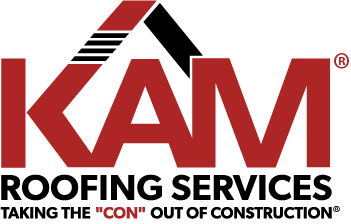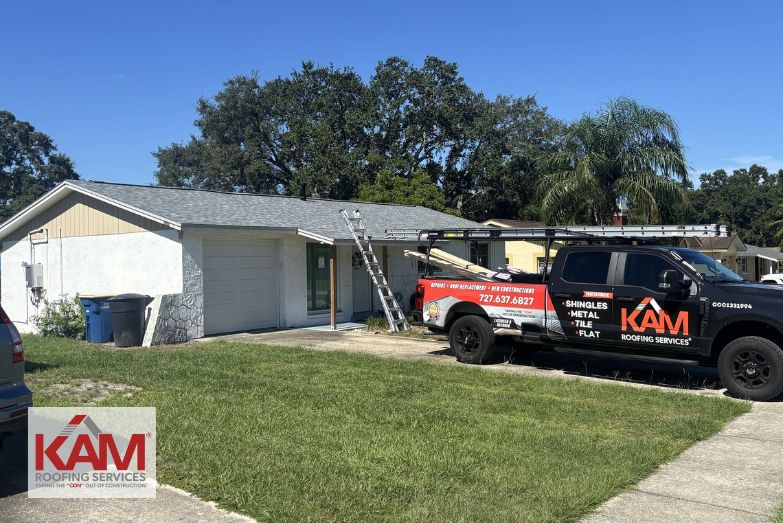If you own a home or property with an aging roof, regular roofing maintenance is essential for protecting your investment, preventing costly roof repairs, and maintaining or even increasing your property value. As roofs age, they’re more likely to show signs of wear – missing shingles, leaks, or even structural issues – so staying on top of maintenance can help you avoid bigger problems and ensure you’re prepared when insurance questions or the need for roof replacement arises. Below, we’ll walk you through key steps in maintaining an old roof, how maintenance affects insurance and home value, and when to consider repairs or a new roof.
Table of Contents
- Why Roofing Maintenance for Aging Roofs Matters
- Key Steps for Maintaining an Old Roof
- The Role of Insurance in Roofing, Repairs & Replacement
- How Regular Maintenance Affects Property Value
- When to Repair or Replace an Old Roof
- FAQs
Why Roofing Maintenance for Aging Roofs Matters
Older roofs are more vulnerable to water damage, energy inefficiency, and sudden failure. Regular roofing maintenance reduces risks like leaks, mold, and expensive emergency repairs. Homeowners and property owners who routinely inspect and maintain their roof enjoy several benefits:
- Extends the lifespan of your roof, delaying the need for full roof replacement
- Keeps minor issues from turning into major, costly problems
- Helps retain or boost property value
- Maintains insurance eligibility and can simplify future claims
- Increases safety for residents and contents of the property
Ignoring an old roof doesn’t make problems go away; it makes them harder and more expensive to fix.
Key Steps for Maintaining an Old Roof
Proper maintenance for aging roofs involves a combination of scheduled inspections, physical upkeep, and prompt roof repair when issues arise. Here’s what you should do:
- Schedule regular inspections (at least twice a year and after major storms)
- Remove debris like leaves, branches, and moss to prevent moisture problems
- Check and clean gutters to ensure proper drainage away from the structure
- Inspect for damaged or missing shingles or tiles; replace as needed
- Look for signs of water intrusion inside the home – stains, peeling paint, or mold
- Seal and repair flashings around chimneys, vents, and skylights
- Consult a professional for any repairs beyond DIY fixes
Keeping up with these tasks preserves the integrity of your roof and can save significant money in the long run.
The Role of Insurance in Roofing, Repairs & Replacement
Insurance coverage for an aging roof can become more limited over time. Many insurance companies:
- Require proof of regular roofing maintenance
- May deny claims if damage is due to neglect or poor upkeep
- May increase premiums or reduce coverage on older, poorly maintained roofs
- Frequently require inspection reports when renewing or issuing a policy
Timely roof repair of minor issues helps maximize insurance coverage if you ever need to make a claim for storm damage or other issues. If your roof is very old, insurers may only cover actual cash value, not full replacement, which is another reason maintenance is so important.
How to Make the Most of Your Insurance
- Document all maintenance and repairs with photos and invoices
- Have your roof inspected by a licensed professional after extreme weather
- Address minor issues promptly, don’t let small leaks become major claims
How Regular Maintenance Affects Property Value
A well-maintained roof is a major selling point for any property. Here’s why investing in roof maintenance pays off:
- Boosts curb appeal – Potential buyers will notice missing shingles or sagging areas
- Reduces negotiation leverage for buyers asking for credits or repairs
- Demonstrates responsible ownership and care of the entire home
- Protects home structure from water and mold damage that can create costly repairs
In contrast, a neglected old roof can lower property value, extend time on the market, and limit buyer interest.
When to Repair or Replace an Old Roof
Not every issue with an old roof means you need a full roof replacement. Consider:
- Repair Small Issues: Leaks, missing shingles, and minor damage can often be fixed without a major investment if caught early.
- Replacement Signs: Consider a roof replacement if you notice widespread shingle curling, sagging areas, daylight through the attic, or repeated repairs no longer hold.
Generally, asphalt roofs last 20–30 years; tile and metal roofs can last much longer with proper maintenance. If your roof is nearing the end of its lifespan or showing major signs of failure, replacement may be the better long-term investment.
FAQs
How often should I have my aging roof inspected?
Most experts recommend twice a year, once in spring and again in fall. Additional inspections are wise after heavy storms or if you notice new leaks.
Will my homeowner’s insurance cover repairs for my old roof?
This depends on your policy and the roof’s condition. Insurance is unlikely to cover damage caused by neglect or lack of maintenance. Always keep records.
What are signs I need more than just a repair?
Extensive leaks, large areas of missing or curling shingles, sagging rooflines, or visible daylight through attic boards are red flags for roof replacement.
Can I perform roof maintenance myself?
Basic tasks, like removing debris or cleaning gutters, are DIY-friendly. For inspections, repairs, or anything involving heights and safety, hire a qualified roofer.
Does a new roof add value to my home?
Yes. A new or well-maintained roof increases property value, appeal to buyers, and can reduce negotiations during a sale.
Contact KAM Roofing Service for Your Roof Replacement
If you’re ready to protect your property and add value with professional maintenance, roof repair, or roof replacement, reach out to the local experts serving your area.
Call (727) 637-6827 now to schedule your roof inspection and keep your home protected.


